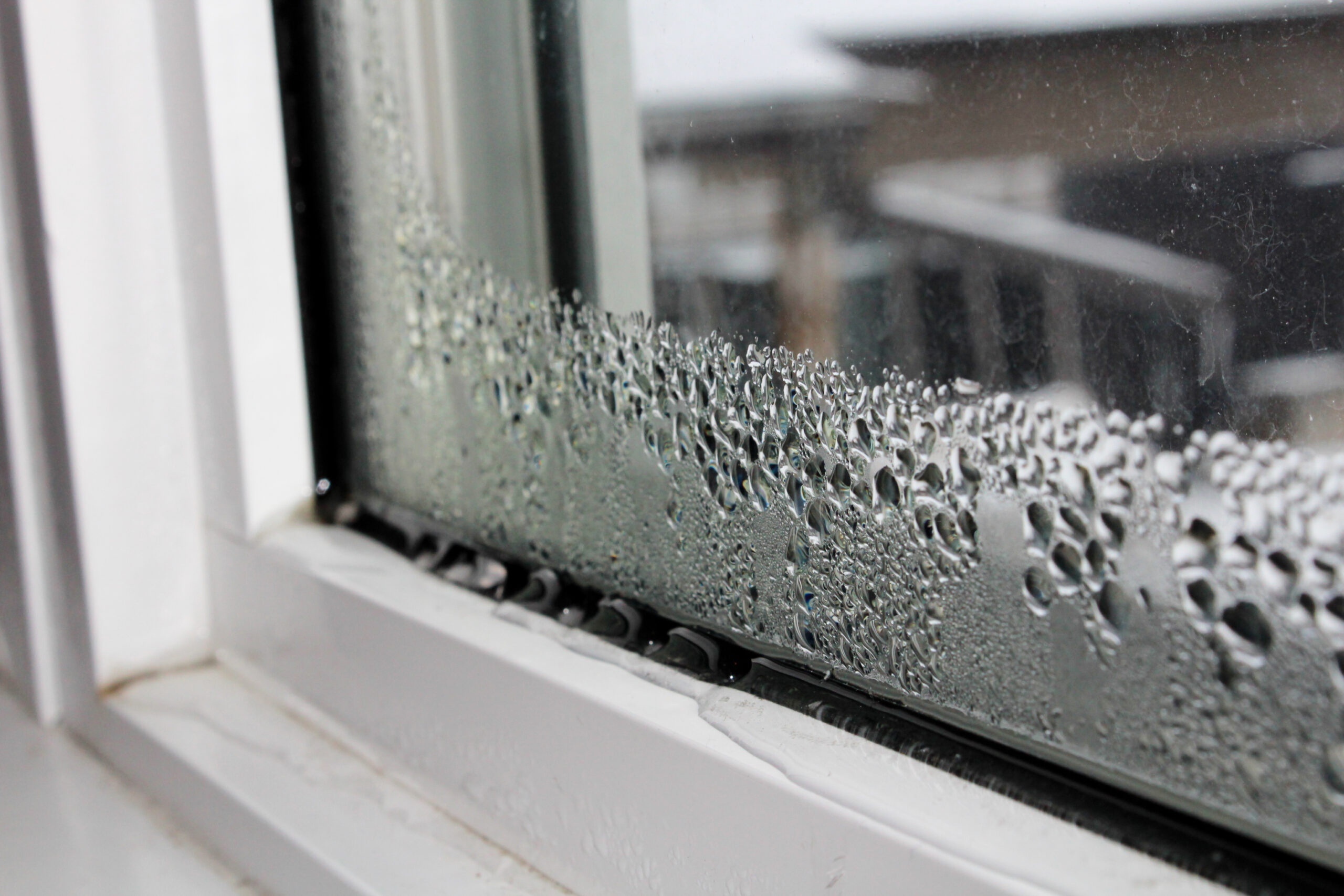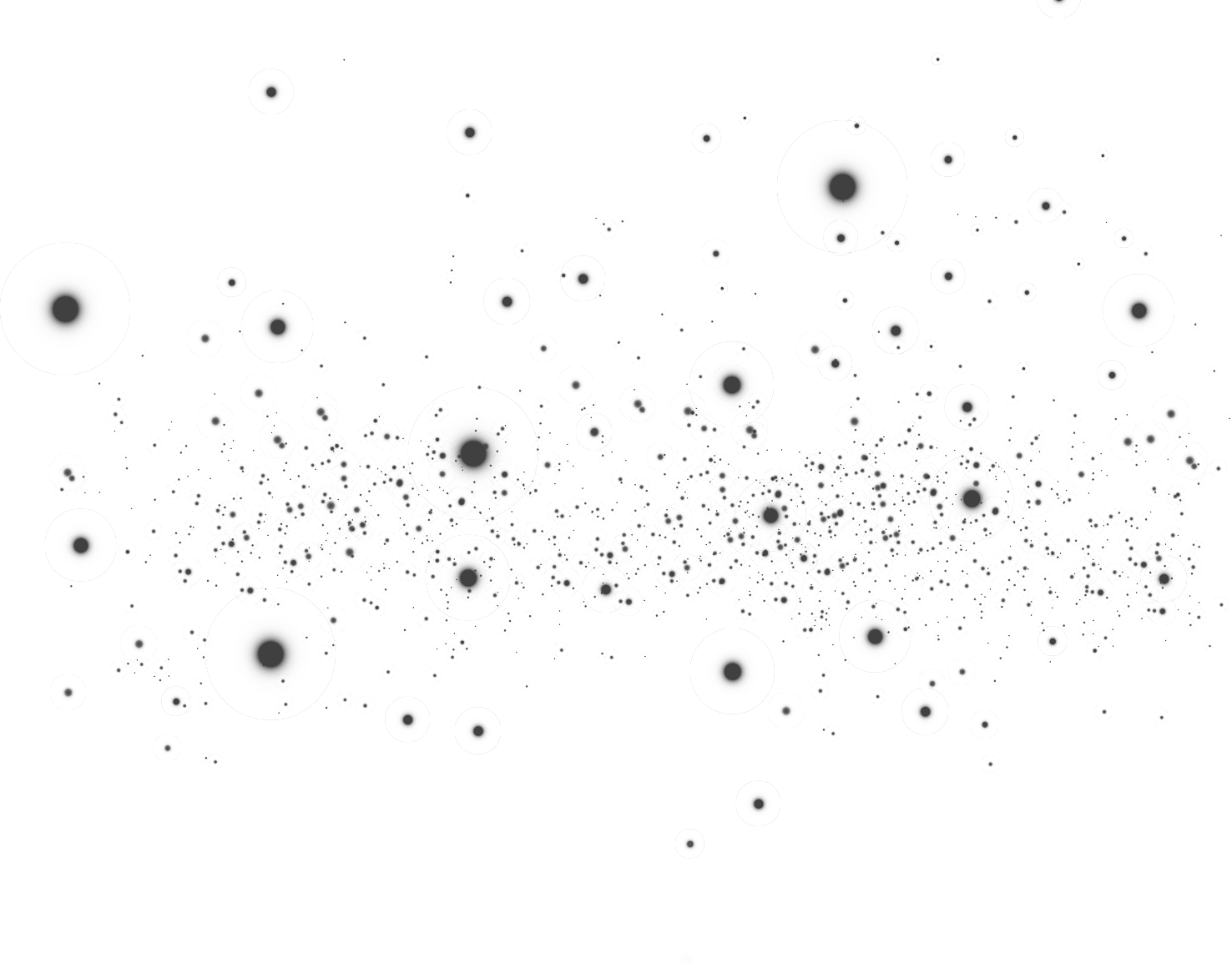
When most homeowners think of water damage, they picture a burst pipe or a leaky roof. But not all moisture enters your home in obvious ways. Some of it sneaks in slowly, invisibly, through a process called water vapor diffusion. Left unchecked, this kind of hidden moisture can lead to mold, rot, insulation failure, and indoor air quality problems.
In this post, we’ll break down what vapor diffusion is, why it matters in Florida homes (and others in humid climates), and how to manage it effectively.
Understanding Water Vapor Diffusion
Water vapor diffusion is the movement of water vapor molecules through building materials due to differences in vapor pressure. Think of it like how heat naturally moves from warm areas to cool ones — vapor moves from areas of high concentration (like humid outdoor air) to low concentration (like the drier air inside your home), even if there’s no airflow.
Key Characteristics:
- It’s driven by vapor pressure gradients, not wind or leaks.
- It happens through solid materials (like drywall or insulation), not just through gaps or cracks.
- It’s slow but continuous, and over time, it can cause serious issues.
Even materials that seem “solid” can be permeable to water vapor. The rate at which vapor moves through a material depends on its permeance — a measure of how easily water vapor can pass through.
How Vapor Diffusion Differs from Other Moisture Problems
Not all moisture moves through your home the same way. Most people are familiar with bulk water — water that travels by gravity or pressure, like rain getting through a roof leak or water from a burst pipe. Others may have heard of air-transported vapor, which is moisture carried along with moving air through cracks, gaps, or ductwork.
Vapor diffusion is different. It doesn’t need a hole, a breeze, or a leak to occur. Instead, it happens when water vapor passes directly through solid building materials, driven by differences in vapor pressure, much like how heat flows from warm to cool areas.
This process is slower and less obvious, but over time, it can quietly lead to major issues like moisture buildup in walls, insulation failure, and mold growth. And because it’s often invisible and silent, it’s frequently overlooked during construction or renovation — until the damage is already done.
Real-World Problems Caused by Vapor Diffusion
Because water vapor can move right through building components, it can create hidden moisture conditions deep inside walls, floors, and ceilings. This can lead to:
- Condensation inside walls or insulation
If vapor reaches a cold surface inside your building envelope, it can condense into liquid water, often completely out of sight. - Mold and mildew growth
Mold spores thrive in areas with sustained moisture and organic material. Vapor diffusion can create just the right conditions behind drywall or under flooring. - Structural decay
Over time, trapped moisture can lead to wood rot, rust, or degradation of adhesives and finishes. - Reduced energy efficiency
Wet insulation doesn’t perform well. Even small amounts of moisture can compromise your home’s thermal envelope, making it harder (and more expensive) to keep cool.
How Florida’s Climate Makes It Worse
In a humid climate like Florida, the pressure is constantly pushing outdoor moisture inward. That means water vapor is almost always trying to diffuse into your home, especially during our long, hot summers.
Many Florida homes have closed crawlspaces or poorly ventilated attics, which can trap moisture. Combine that with modern construction materials that may not breathe well, and you’ve got a recipe for hidden humidity.
Managing Moisture with Vapor Control
Fortunately, vapor diffusion can be controlled, but it takes intentional design and maintenance.
1. Use Appropriate Vapor Barriers
Vapor barriers are materials that limit the rate of vapor diffusion. They’re rated by permeance, measured in perms:
- Class I (impermeable): ≤ 0.1 perms (e.g., polyethylene sheet)
- Class II (semi-permeable): 0.1–1.0 perms (e.g., kraft-faced insulation)
- Class III (permeable): 1.0–10 perms (e.g., latex paint)
Choosing the right material — and installing it on the correct side of the wall assembly (usually the warm side, depending on climate) — is key. Building Science Corporation has helpful guidance on this.
2. Control Indoor Humidity
Even with good vapor control layers, your home needs to maintain healthy indoor relative humidity (ideally between 30% and 50%). Consider:
- Using a dehumidifier in humid areas
- Sealing ductwork and HVAC systems
- Ensuring bathroom and kitchen vents exhaust to the outside
3. Inspect and Maintain Building Envelopes
Moisture control isn’t a one-time fix — it requires ongoing attention. Check your:
- Crawlspaces for standing water or insulation issues
- Attics for signs of condensation or mold
- Exterior walls for blistering paint or warped siding
When to Call a Professional
If your home smells musty, your AC is working overtime, or you’ve had unexplained mold growth, vapor diffusion could be part of the problem, especially if you live in a high-humidity environment.
We specialize in building science–based inspections that go beyond the surface. We don’t just look for visible water damage — we investigate the whole moisture system: airflow, humidity, insulation, and yes, water vapor diffusion.
Final Thoughts
Water vapor diffusion might be invisible, but its impact on your home is very real. Understanding how moisture moves — and how to control it — is one of the smartest things you can do as a homeowner.
If you’re dealing with mysterious moisture, mold, or comfort issues, let us help uncover the root cause. Contact us today to schedule an evaluation.


